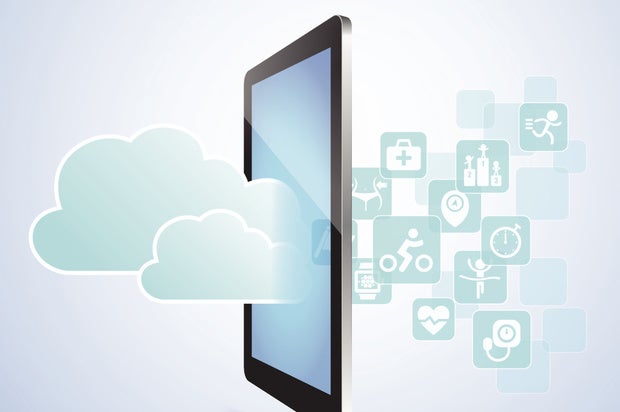Cloud: The engine of the omni-channel customer experience

Those who have mastered the cloud have the best tech vantage point.
COMMENTS
In a recent conversation, I was asked what I felt was the driving force behind the technology innovations disrupting businesses across the globe. Expecting some sort of a cloud computing-centric answer, my inquirer was surprised when I answered "time." Although cloud is certainly the engine underpinning many tech advancements, the driving force is the conservation of our most precious resource: time.
Wireless network engineers, network admins, and network security pros can expect above-average pay
READ NOW
We have created a connected world in which we have blasted through barriers to cram as much as possible into our daily lives. We save time by doing research online. We save time by texting when we can't talk. We save time by letting a GPS-enabled map guide us to our destination. Given all the enabling technologies at our disposal, it's no surprise our expectations from online transactions are projected onto our offline life. These mismatched expectations are the core reason why businesses are shifting from a multi-channel customer experience strategy to omni-channel.
Omni-channel is "seamless and effortless, high-quality customer experiences that occur within and between contact channels," as defined by Frost & Sullivan. Delivering an omni-channel experience seems intuitive and therefore should be easy; however, the barriers have proven significant and numerous.
Today, ecommerce and mobile solutions tend to be siloed from front office (branches, stores, etc.) systems. Although many of these channel-centric systems have been integrated with systems of record to prevent the duplication of customer and product data, the actual workflows, the heart and soul of each system, are unique. It's easy to understand why everyone from CEOs to CIOs are frustrated with the current setup. It's the enigma of modern IT: all the data, compute, and storage one could possibly ever need, and nothing put together in a way that makes it truly useful.
There's no escaping the simple fact that an omni-channel customer experience requires a cloud computing foundation to be successful. In the omni-channel world, each channel transforms into one access method funneling interactions between the customer and company. Behind the scenes, a large-scale application, embodying the features and functions comprising the desired customer experience, is responsible for delivering the right response at the right time through the right channel.
The only method that can operate at such a scale is the cloud, where the walls which previously partitioned customer interactions by channel are eliminated. Cloud computing is the key to delivering the agility, elasticity, and efficiency required to maintain contact with the customer, growing and shrinking channels as necessary, and fulfilling their needs. In fact, it's those very qualities that have already led to the deployment of ecommerce, web and mobile apps, big data analytics, and collaboration solutions on clouds, systems which any omni-channel capability must integrate.
Delivering the omni-channel customer experience underscores the importance of getting cloud right. It's the single most important technological shift in Information Technology since client/server. Like the artillery shell that's a degree off when fired, those who get cloud wrong will simply miss the mark, measured in cost in the short term, but ultimately measured in customer satisfaction in the long run. IT leaders and staff need to get comfortable with cloud technologies and its associated processes to make the organizational, operational, and educational changes required to pave the way to the future.
Looking into that future does not require a crystal ball because all the indicators of how channels, and thereby customer interactions, will change over the next five years exist today. The Internet of Things (IoT) portends to take the concept of a channel to new extremes. Personified by the Amazon Dash Button and Progressive's Snapshot, products are now communicating on behalf of the consumer.
Like the omni-channel experience, IoT also requires a cloud foundation and for all the same reasons. Connected cars represent another channel, similar to mobile phones, yet due to distraction concerns, interaction may be limited or even restricted based on state laws. Wearables are likely to emerge as yet another channel able to provide location and situational context in addition to whatever voice and/or text information is shared by a customer. And underneath each of these solutions is, of course, cloud. It's easy to understand why those who get cloud right are in the best position to deliver the seamless customer experience people not only want, but which they expect. An experience which focuses on their needs and puts the tools into their hands so they can save, or spend, as much time as they desire.




